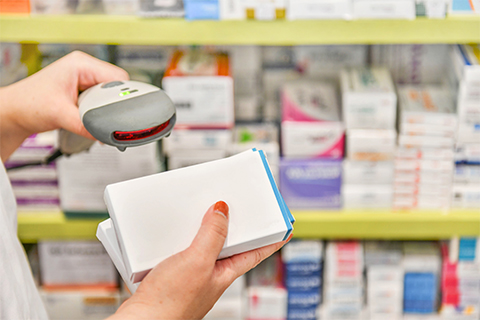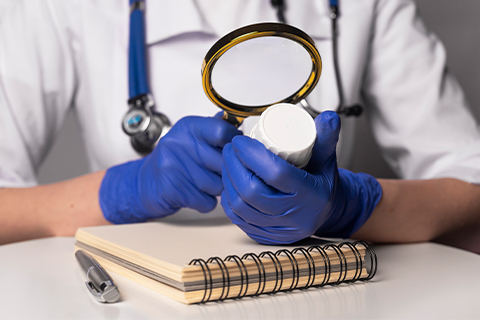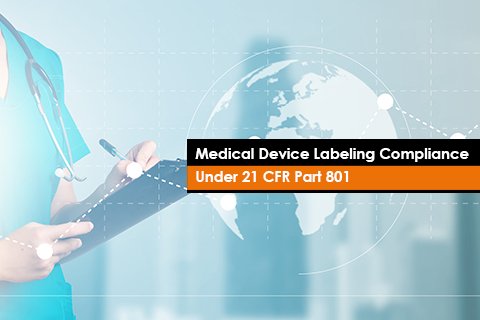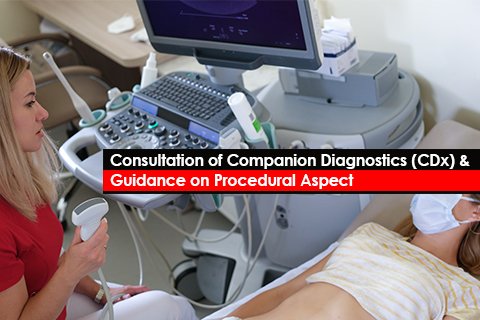Demystifying the US FDA’s Medical Device Classification System

Navigating the complex landscape of medical device regulations can be a daunting task for manufacturers and healthcare professionals. The United States Food and Drug Administration (US FDA) classifies medical devices into different categories, based on risk, intended use, and other factors. Understanding these classifications is crucial for ensuring compliance as well as the safety and efficacy of medical devices.








